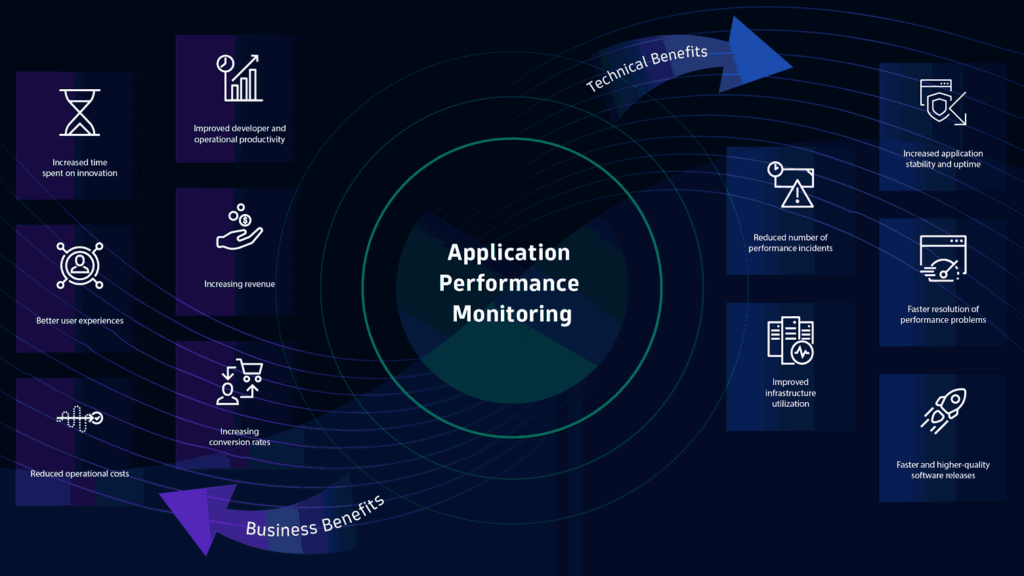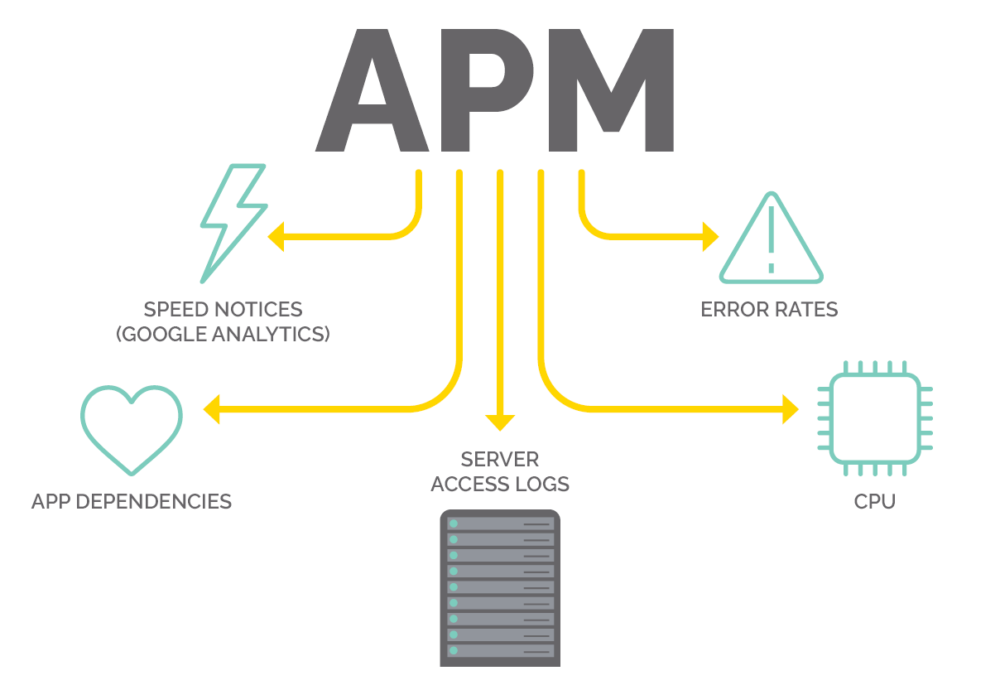Performance Monitoring: A Comprehensive Guide
In the fast-paced digital landscape, the need for seamless application performance has never been more critical. As businesses rely heavily on applications to drive their operations, the significance of efficient monitoring cannot be overstated. In this extensive guide, we explore the world of English Application Performance Monitoring (APM), uncovering its nuances, benefits, and how it can be a game-changer for businesses striving for optimal performance.
Understanding English Application Performance Monitoring
What is APM?

APM stands for Application Performance Monitoring. It is a set of tools and processes used to monitor the performance of software applications. APM tools collect data on application performance metrics, such as response times, error rates, and resource usage. This data is then used to identify and troubleshoot performance problems, and to optimize application performance.
The Dynamics of SAP Monitoring
APM is important because it can help businesses to:
- Improve customer satisfaction: By ensuring that applications are performing well, APM can help businesses to deliver a good customer experience.
- Reduce costs: By identifying and fixing performance problems, APM can help businesses to reduce costs associated with downtime, lost productivity, and customer churn.
- Improve agility: By providing real-time insights into application performance, APM can help businesses to make better decisions about how to allocate resources and deploy new applications.
APM tools are typically used by DevOps teams and IT operations teams. These teams use APM tools to monitor the performance of applications in production, and to identify and troubleshoot performance problems.
Here are some examples of APM tools:
- New Relic
- Dynatrace
- AppDynamics
- Datadog
- Elastic APM
Industry 4.0: Transforming the Future of Manufacturing
The Core Components of APM
1. Real-Time Performance Tracking
English APM goes beyond traditional monitoring by providing real-time insights into the performance of your applications. This includes response times, error rates, and resource utilization, allowing for immediate intervention when issues arise.
2. User Experience Monitoring
Delivering an exceptional user experience is paramount. APM tools monitor user interactions, helping businesses understand how users experience their applications. This insight is invaluable for enhancing user satisfaction and loyalty.
3. End-to-End Visibility
English APM offers end-to-end visibility into the entire application ecosystem. From server performance to database queries and external dependencies, businesses gain a comprehensive understanding of the factors influencing application performance.
The Impact of APM on Business Operations

Boosting Operational Efficiency
Efficient applications translate to efficient operations. With English APM in place, businesses can identify and rectify performance issues promptly, minimizing downtime and ensuring a smooth workflow.
Enhancing User Satisfaction
A sluggish application can lead to frustrated users. APM tools empower businesses to identify and address issues affecting user experience, resulting in happier, more satisfied customers.
Facilitating Data-Driven Decision-Making
English APM provides businesses with actionable data. By analyzing performance metrics, organizations can make informed decisions about infrastructure upgrades, software optimizations, and overall IT strategy.
Selecting the Right English APM Solution
Key Considerations for Implementation
1. Scalability
Choose an APM solution that can scale with your business. As your application landscape grows, the monitoring solution should seamlessly adapt to increasing data volumes and complexities.
2. Customization Capabilities
Every business has unique requirements. Look for an APM tool that offers customization options, allowing you to tailor the monitoring process to align with your specific goals and metrics.
3. Integration with Existing Systems
Smooth integration is essential. Ensure that the chosen APM solution can integrate with your existing infrastructure and tools, providing a cohesive and centralized monitoring experience.
The Future of Application Performance Monitoring
Trends and Innovations
1. AI-Powered Insights
The integration of artificial intelligence into APM is set to revolutionize performance monitoring. AI can analyze vast datasets in real-time, providing predictive insights and proactive issue resolution.
2. Edge Computing Integration
As applications move closer to the edge, APM solutions are adapting to monitor performance in decentralized environments. This ensures that performance is optimized even in edge computing scenarios.
Conclusion
In the digital age, where application performance is synonymous with business success, English Application Performance Monitoring emerges as a strategic imperative. From real-time tracking to enhancing user satisfaction and driving data-driven decisions, the impact of APM is far-reaching. As businesses embrace the transformative power of English APM, they position themselves not just for optimal performance today but also for the dynamic challenges of tomorrow. Choose APM wisely, and let your applications propel your business to new heights.
FAQs
Q1: What is Application Performance Monitoring (APM)?
A1: Application Performance Monitoring (APM) is a comprehensive approach to ensuring optimal functionality and responsiveness of software applications. It involves tracking various metrics and key performance indicators (KPIs) to proactively identify and address performance bottlenecks.
Q2: How does APM contribute to operational efficiency?
A2: APM boosts operational efficiency by providing real-time insights into application performance. It allows businesses to identify and rectify issues promptly, minimizing downtime and ensuring a smooth workflow.
Q3: What is end-to-end visibility in APM?
A3: End-to-end visibility in APM refers to the comprehensive view of the entire application ecosystem. This includes monitoring server performance, database queries, and external dependencies, providing businesses with a holistic understanding of factors influencing application performance.
Q4: Why is user experience monitoring crucial?
A4: User experience monitoring in APM is crucial for understanding how users interact with applications. It helps businesses enhance user satisfaction by identifying and addressing issues that may impact the overall user experience.
Q5: How can businesses select the right APM solution?
A5: Businesses can select the right APM solution by considering factors such as scalability, customization capabilities, and integration with existing systems. The chosen solution should seamlessly adapt to business growth, align with specific goals, and integrate with the existing infrastructure.
Q6: What trends are shaping the future of APM?
A6: The future of APM is marked by trends such as AI-powered insights and integration with edge computing. AI brings predictive insights and proactive issue resolution, while integration with edge computing ensures optimal performance in decentralized environments.



